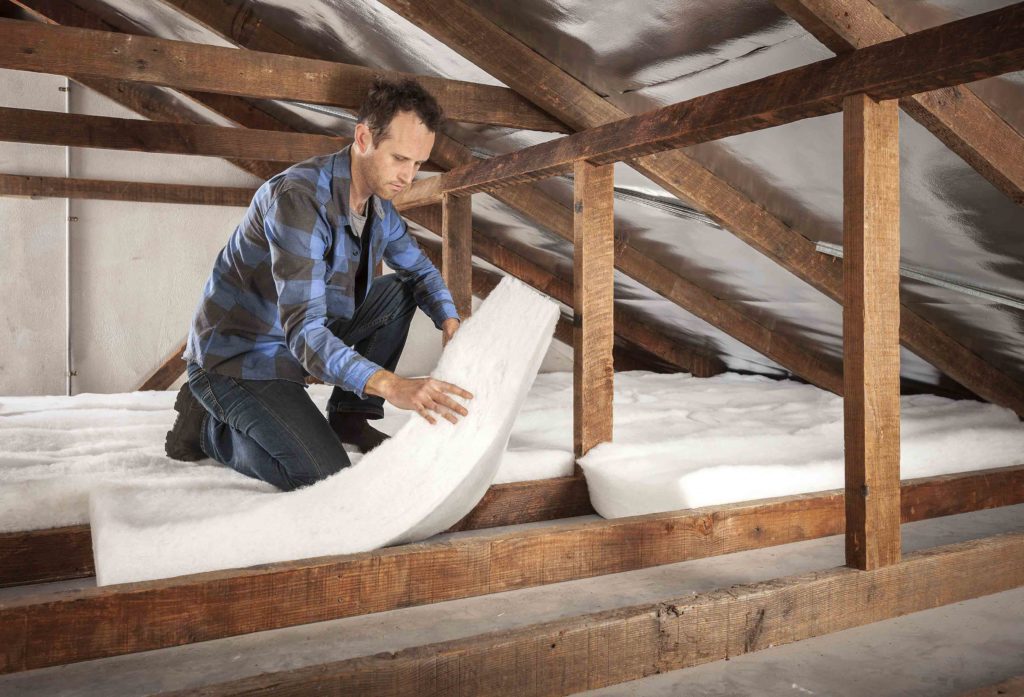Is Your Building Losing Heat? Signs You Need Better Thermal Insulation Material
Is your building struggling with heat retention? Learn the key signs that indicate it's time to upgrade your thermal insulation material effectively.

When it comes to maintaining a comfortable indoor environment, one of the most important factors is ensuring that your building is well-insulated. Poor thermal insulation can lead to significant heat loss, especially during colder months, driving up energy bills and reducing comfort levels. If you’ve noticed any of the following signs, it may be time to consider upgrading to a better thermal insulation material for your building.
Increased Energy Bills
One of the most obvious indicators of poor thermal insulation is a sudden spike in your energy bills. When a building lacks sufficient insulation, heat escapes easily, forcing your heating system to work harder to maintain a comfortable temperature. This results in increased energy consumption, which reflects in higher utility bills. If your energy costs have been steadily rising without any other explanation, it’s time to assess the quality of your building’s insulation.
Cold Spots and Drafts
Another clear sign that your building may be losing heat is the presence of cold spots and drafts. These are typically found near windows, doors, or walls that are poorly insulated. If you feel a noticeable drop in temperature in certain areas of your home or office, it could be due to gaps in insulation, allowing the warm air to escape and cold air to enter. In such cases, upgrading to a high-quality thermal insulation material can help fill those gaps and keep your building warm.
Uncomfortable Indoor Temperature
If your heating system is constantly running, yet you still struggle to maintain a comfortable indoor temperature, poor insulation could be the culprit. Without adequate thermal insulation material, heat can easily escape through the walls, roof, or floors, making it difficult for your heating system to maintain a consistent temperature. This not only affects comfort but also places undue stress on your HVAC system, leading to wear and tear over time.
Increased Humidity and Condensation
Inadequate insulation can also lead to increased humidity levels inside your building. As heat escapes through poorly insulated areas, it can cause condensation to form on windows and walls. This moisture buildup can result in mold and mildew growth, creating an unhealthy environment. By installing a better thermal insulation material, you can prevent condensation and keep your indoor air quality healthy and safe.
Conclusion
If you're noticing higher energy costs, drafts, cold spots, or fluctuating temperatures in your building, it’s likely time to invest in better thermal insulation material. Upgrading your insulation will not only help retain heat but also improve energy efficiency and comfort. For a reliable solution, consider perlite-based thermal insulation materials, which offer excellent thermal performance and are environmentally friendly. Visit Amol Mine Chem for high-quality thermal insulation products tailored to your needs.
What's Your Reaction?














